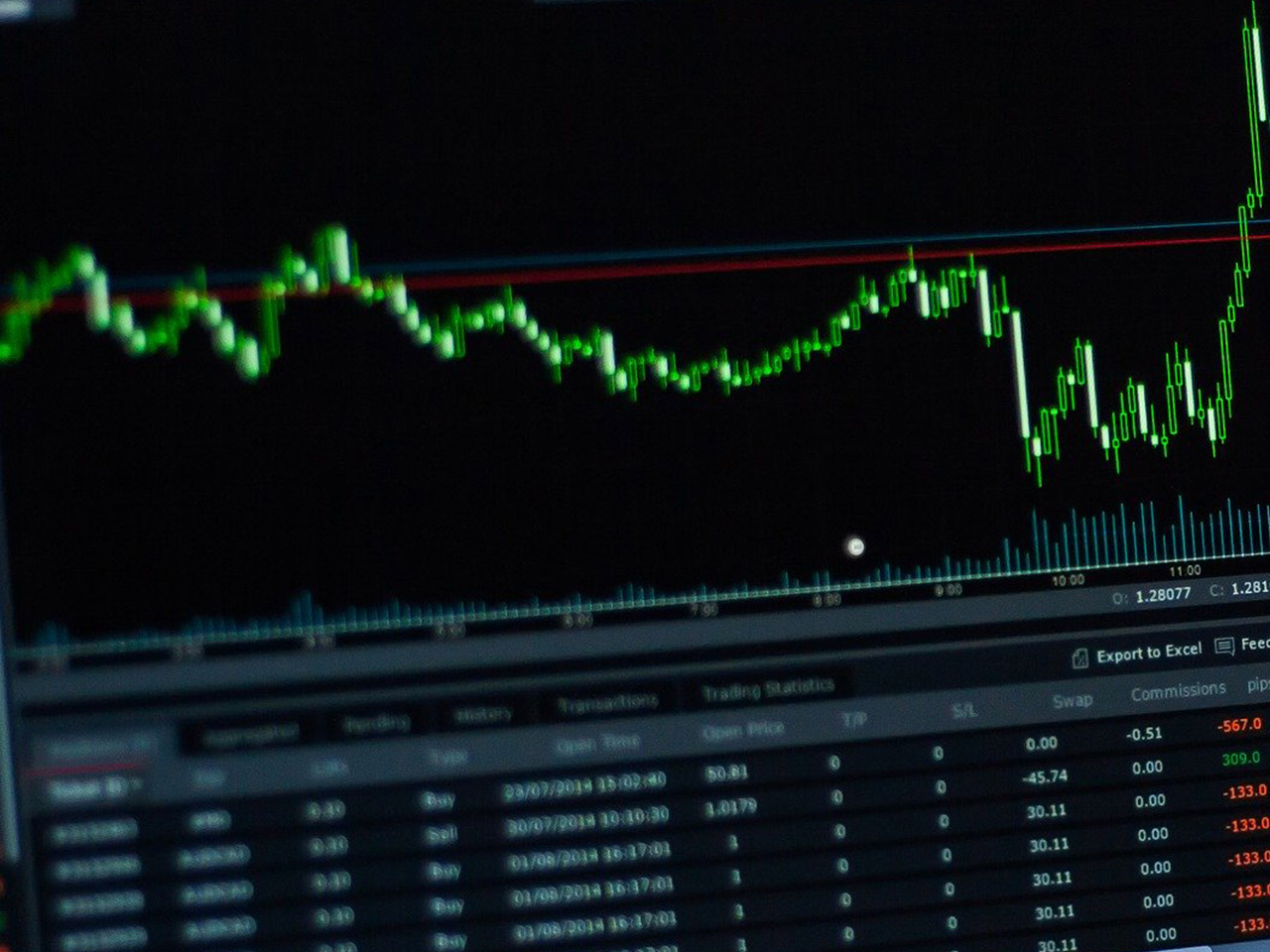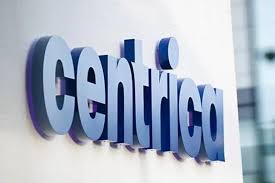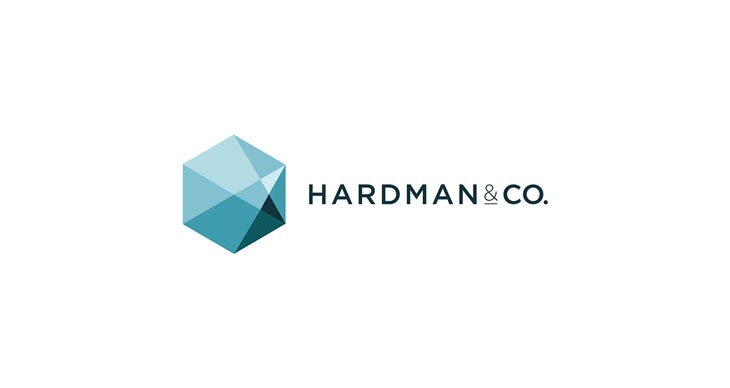HubSpot, Inc. (NYSE: HUBS) is a formidable player in the Technology sector, specifically within the Software – Application industry. With its cloud-based customer relationship management (CRM) platform, HubSpot has carved a niche in providing comprehensive tools that span Marketing, Sales, Service, Content, Operations, and Commerce Hubs. This Cambridge, Massachusetts-based company, founded in 2005, serves mid-market business-to-business companies across the Americas, Europe, and the Asia Pacific.
With a market capitalization of $23.91 billion, HubSpot stands as a significant entity in the CRM space. Currently trading at $453.69, HubSpot’s stock has shown resilience given the broader volatility in tech stocks, with a slight price change of 0.02%. The stock’s 52-week range, however, reflects a substantial degree of fluctuation, from $420.79 to $819.71, indicating both potential risk and reward for investors willing to navigate its peaks and troughs.
One of the standout figures for HubSpot is its impressive revenue growth rate of 19.40%, a testament to the company’s robust business model and effective execution strategy. Despite posting a negative EPS of -0.23 and a Return on Equity of -0.65%, HubSpot’s free cash flow remains strong at $592,409,856, underscoring its capacity to reinvest in growth and innovation.
HubSpot’s valuation metrics reveal a mixed picture. The company’s Forward P/E ratio of 39.38 suggests that investors are optimistic about its growth prospects, albeit at a premium, as traditional valuation metrics like P/E and PEG ratios remain unavailable. Nevertheless, HubSpot’s ability to secure 33 buy ratings from analysts, with zero sell ratings, reflects a strong market confidence in its potential.
The average analyst target price of $695.80 indicates a potential upside of 53.36% from current levels, a compelling figure for growth-oriented investors. The target price range of $593.00 to $910.00 further underscores the bullish sentiment surrounding HubSpot’s future trajectory.
However, technical indicators present a more cautious picture. The 50-day moving average stands at $523.60, while the 200-day moving average is significantly higher at $630.29, suggesting a short-term bearish trend. The Relative Strength Index (RSI) of 51.99 positions the stock as neither overbought nor oversold, but the MACD and Signal Line values of -28.26 and -27.65, respectively, indicate potential downward pressure in the near term.
HubSpot does not offer a dividend, reflecting its focus on reinvesting earnings into business growth rather than returning capital to shareholders. This strategy aligns with its ambitious expansion plans and the dynamic nature of the technology sector, where innovation is key.
For investors considering HubSpot, the company’s strong market position, robust free cash flow, and bullish analyst ratings make it an attractive proposition. However, they should remain mindful of the inherent risks associated with high-growth tech stocks, including market volatility and the pressure to maintain its growth trajectory amid competitive pressures. With a strategic focus on expanding its CRM capabilities and a solid financial foundation, HubSpot is well-positioned to capitalize on future opportunities in the ever-evolving digital landscape.





































